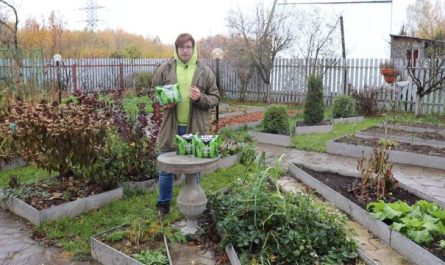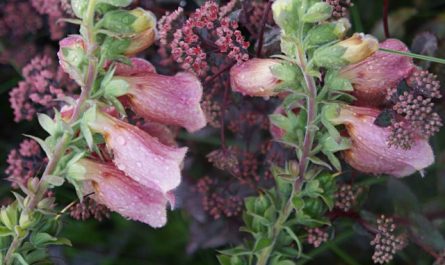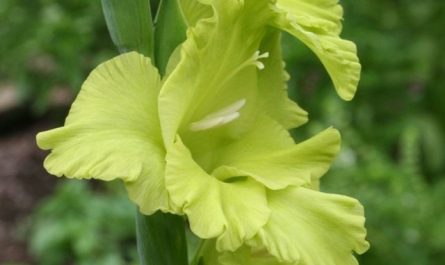Roses are propagated in different ways: by layering, root suckers, cuttings, grafting onto a rootstock, even by seeds. But today we will talk about such a technique as dividing a bush.

Firstly, it is a fairly quick way to get several new bushes at once, and already quite large and viable ones. Secondly, sometimes an adult bush itself simply asks to be divided, and therefore rejuvenated. Because an overgrown plant is also not very good. It suffers from a lack of nutrition, and the root system can rot, and a thickened crown is the best place for the reproduction of insect pests and all sorts of diseases.
Which roses can be divided?
In fact, not all roses can be propagated by division. This method is not suitable for varieties grafted onto rose hips, since in this case one division will be grafted, and the other will only produce rootstock shoots. But own-rooted specimens, that is, those grown from a cutting or layering, are welcome.
When to get to work
There are two options here – spring and autumn. In the first case, the best time (for the middle zone) will be the end of September – beginning of October. Then the young seedlings will have enough time to properly take root before the frosts. If we are talking about spring, then you will have to get down to work quite early – as soon as the soil thaws. It is important to have time before the buds begin to bloom.
How to divide correctly
So, we have a bush in front of us that we are going to work with. We have two options. The first is not to dig it up entirely, but to choose a branch that we will separate. We expose the rhizome on the right side, make sure that the root system of the shoot is well developed, and carefully extract the division.
After such a procedure, we again sprinkle the large bush with soil, preferably fresh, and water it generously. By the way, the following year, the rejuvenated rose that has received new soil usually blooms even more luxuriantly.
Well, the second option is to dig up the entire bush and then multiply it into the required number of divisions. Let’s talk about this in more detail.

How many parts should it be divided into?
The main rule here is that each division should have a well-developed root system and preferably two or three shoots. Of course, one is acceptable, but such a seedling may be weaker.
What tools will come in handy?
Of course, a shovel. And to divide the rhizome – pruning shears or a hacksaw. Because we can tear off some of the divisions with our hands, and some will have to be cut off or even sawed. The main rule is that the tools must be disinfected, for example, with something containing alcohol. Otherwise, there is a high risk of infection.

What to do with the cuttings
If, during division, wounds have formed on the roots (saw cuts, breaks, etc.), as a preventative measure, they should be treated with a solution of copper sulfate and sprinkled with crushed charcoal.
Now we pay attention to the shoots. They need to be shortened by about half, or even two-thirds (if we work in the spring, the bushes are usually already trimmed in the fall). The general rule is that the above-ground part should be visually equal to the underground part, otherwise the root system will spend too much energy on the greenery. It is also necessary to remove all the buds and seed pods – they also take away energy.
When everything is ready, we plant the cuttings for permanent residence. We act boldly, but according to the rules.

Preparing the right holes
A standard hole for a rose seedling is approximately 40-60 cm in diameter and 50-70 cm in depth. But you should still focus on the size of a specific plant. The hole should be dug a little larger and deeper than required to accommodate the root with a good lump of earth.
Drainage should be placed at the bottom of the hole, for example, crushed stone, crushed slate or expanded clay. It is also good to add ash, superphosphate, compost or humus when planting. And some gardeners even prefer to fill the roots not with garden soil, but with purchased soil for roses.
Planting tricks
Before lowering the rhizome into the hole, you can first dip it into a manure-clay mash, prepared from two parts clay, one part manure and water. The consistency should be something between milk and sour cream. Firstly, this will help the roots not to dry out, and, firstly, it will serve as additional nutrition.
Planted – water generously. At least 10 liters should go under the bush. At the same time, water in small portions so that the water is properly absorbed. After that, check whether the soil has settled too much and, if necessary, add more soil. Then be sure to loosen the soil so that it does not become crusty and does not crack. Otherwise, the moisture will evaporate quickly.

Further Care
First of all, it consists of regular watering. The fact is that when replanting, we inevitably damage small roots, which means that it becomes much more difficult for the rose to get water and it needs help with this. Only in about three weeks will the bush restore the root system, and then you can switch to the usual watering regime.
Further care is the same as for ordinary roses. The same treatments against diseases and pests, the same shelter for the winter.
But next season we will see – if the seedling is still weak, but has already decided to please you with flowering, it is better to remove the buds. Let the young plant direct all its efforts to strengthening the root system. And if everything is done correctly, then very soon it will turn into a strong healthy bush, which will take up its true purpose – decorating the surrounding garden space.




















